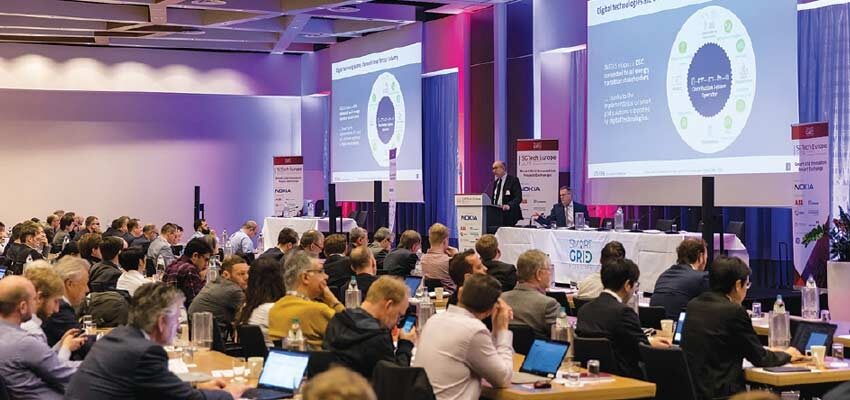
E.ON Research Institute case study for future functionalities of the dynamic grid
Substation digitisation is now at the top of utilities’ agendas. However, the integration of DERs, battery storage and electrical vehicles is presenting new complexities and...
byMarcella Cilla

Substation digitisation is now at the top of utilities’ agendas. However, the integration of DERs, battery storage and electrical vehicles is presenting new complexities and slowing down the pace at which full digitisation can be achieved. The pressure is on for utilities to refine their technology choices, fine-tune their procurement practices, drive their implementation and be ready to respond to any operational challenges that digital substations present, in the race to achieve full digitisation of the grid.
With a plethora of sophisticated high functionality digital substation systems on the market, the challenge facing utilities is how to prioritise and activate the most business-critical functionalities to ensure the most rapid return on substation investment. It was with this in mind that we invited Alberto Dognini, Research Associate at the Institute for Automation of Complex Power Systems at E.ON Energy Research Centre (RWTH Aachen University) to present at Digital Substations 2019.
Alberto is currently leading a project that guides utilities on how to unlock the full potential of next generation digital substation systems. We caught up with Alberto this week and he explained:
“The energy system is subject to an increasing complexity. This depends, among other things on the continuous transformation of its automation features and the great amount of data that is exchanged between its components. In order to face these changes, there is an urgent need to unlock Smart Grid technologies and services. In particular, significant results are being obtained by the use of 5G mobile network communications, which provide security, resilience and high availability mechanism in the energy sector. Moreover, the employment of cloud-based platforms allows scalable solutions based on decentralized and distributed architectures, in which each power network management service constitutes an individual block. These technologies open remarkable possibilities in the development of power system algorithms. In particular, a Service Restoration component has been implemented in our Smart Energy cloud platform: it continuously analyses the data transmitted in real-time from field devices of the grid model and, in case of electrical fault, computes the optimal reconfiguration scheme to reenergize the disconnected loads. As next step, the advantages of cloud technology will address our research to implement the algorithm in Multi-Agent Systems (MAS).







